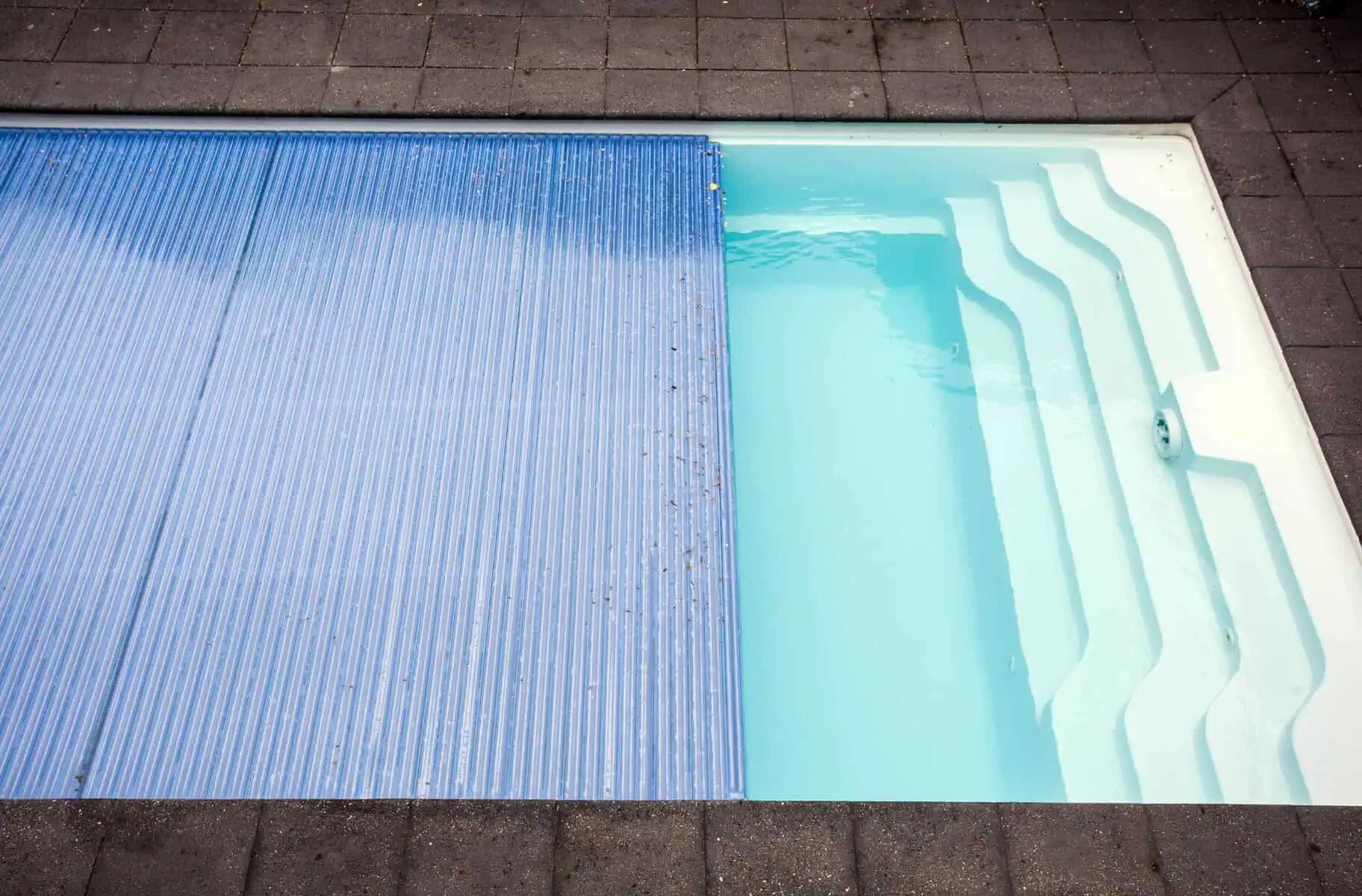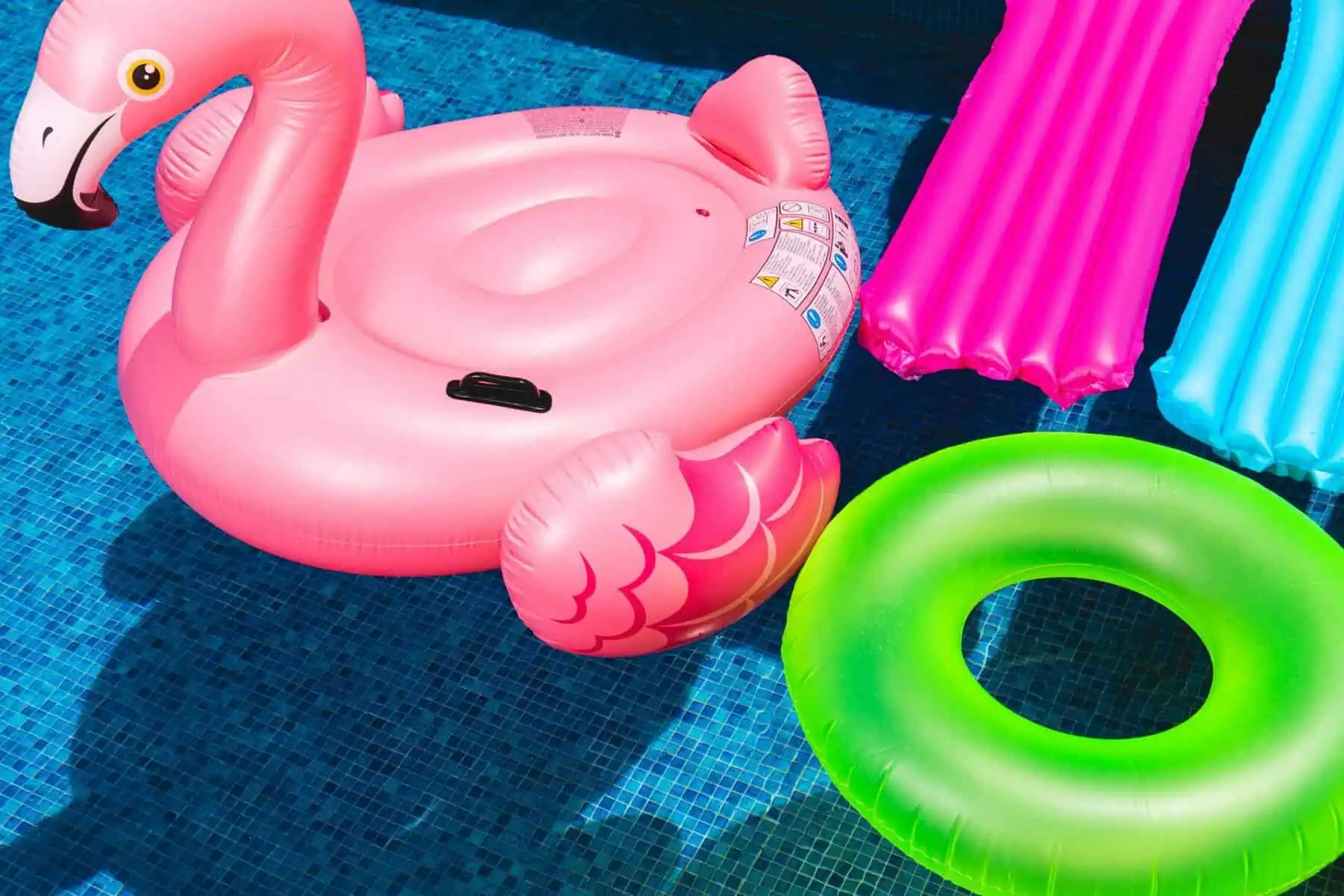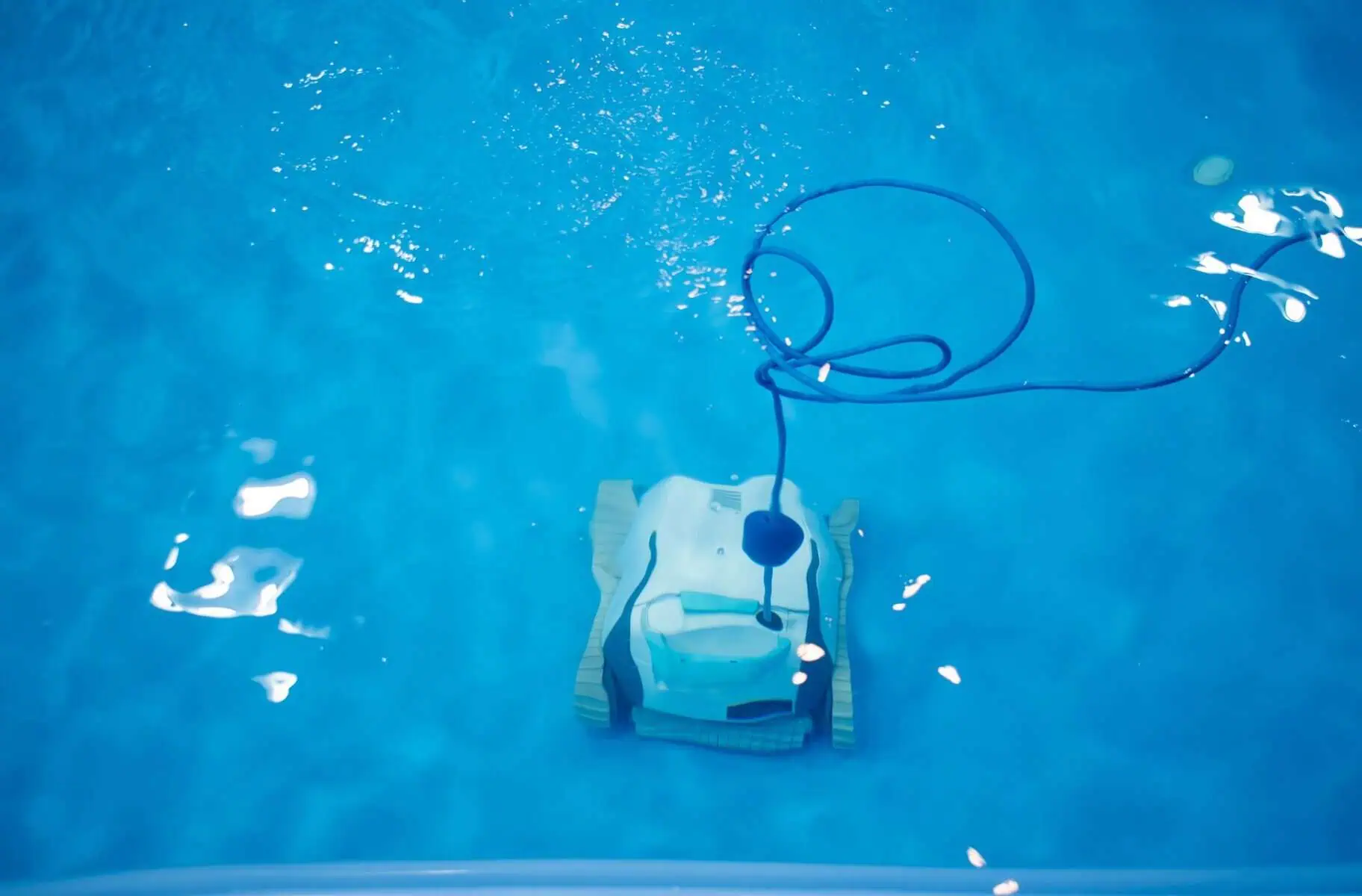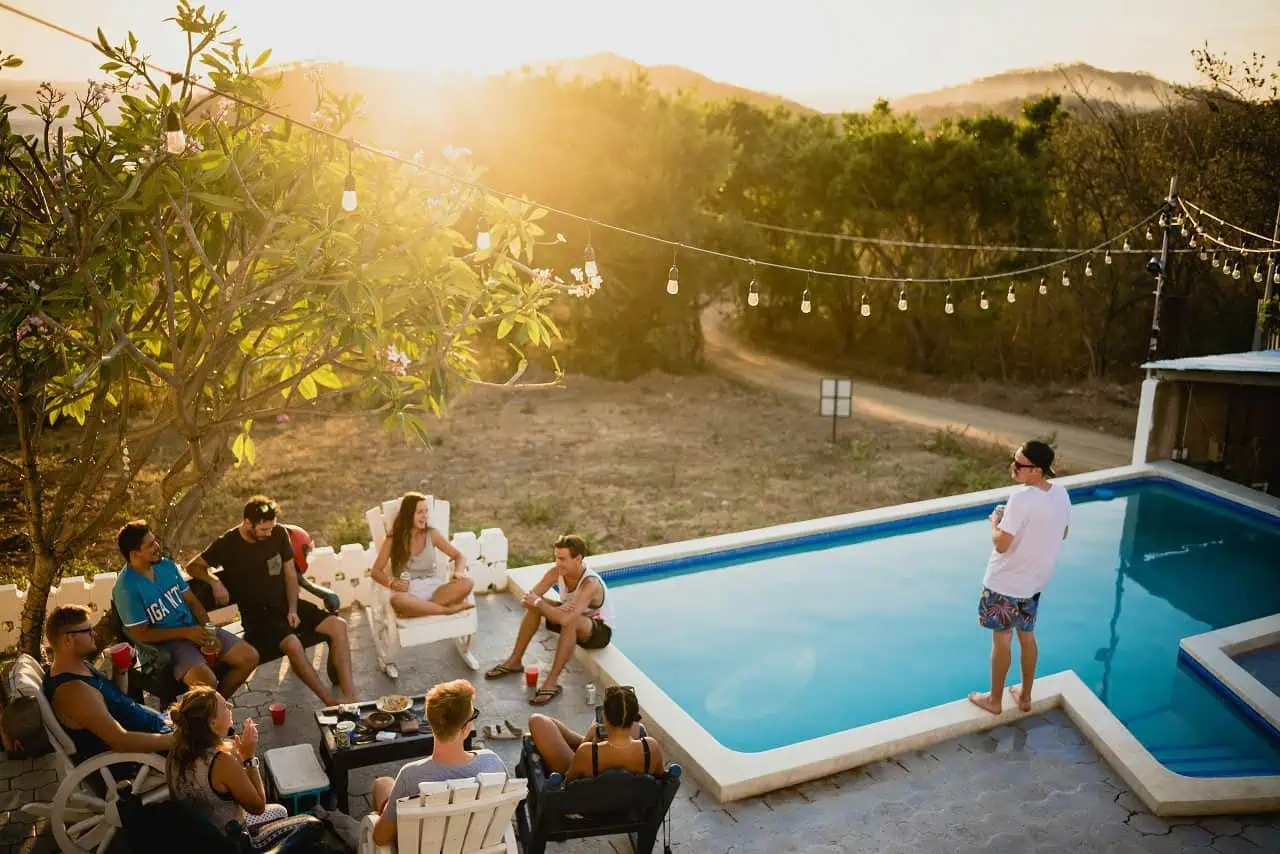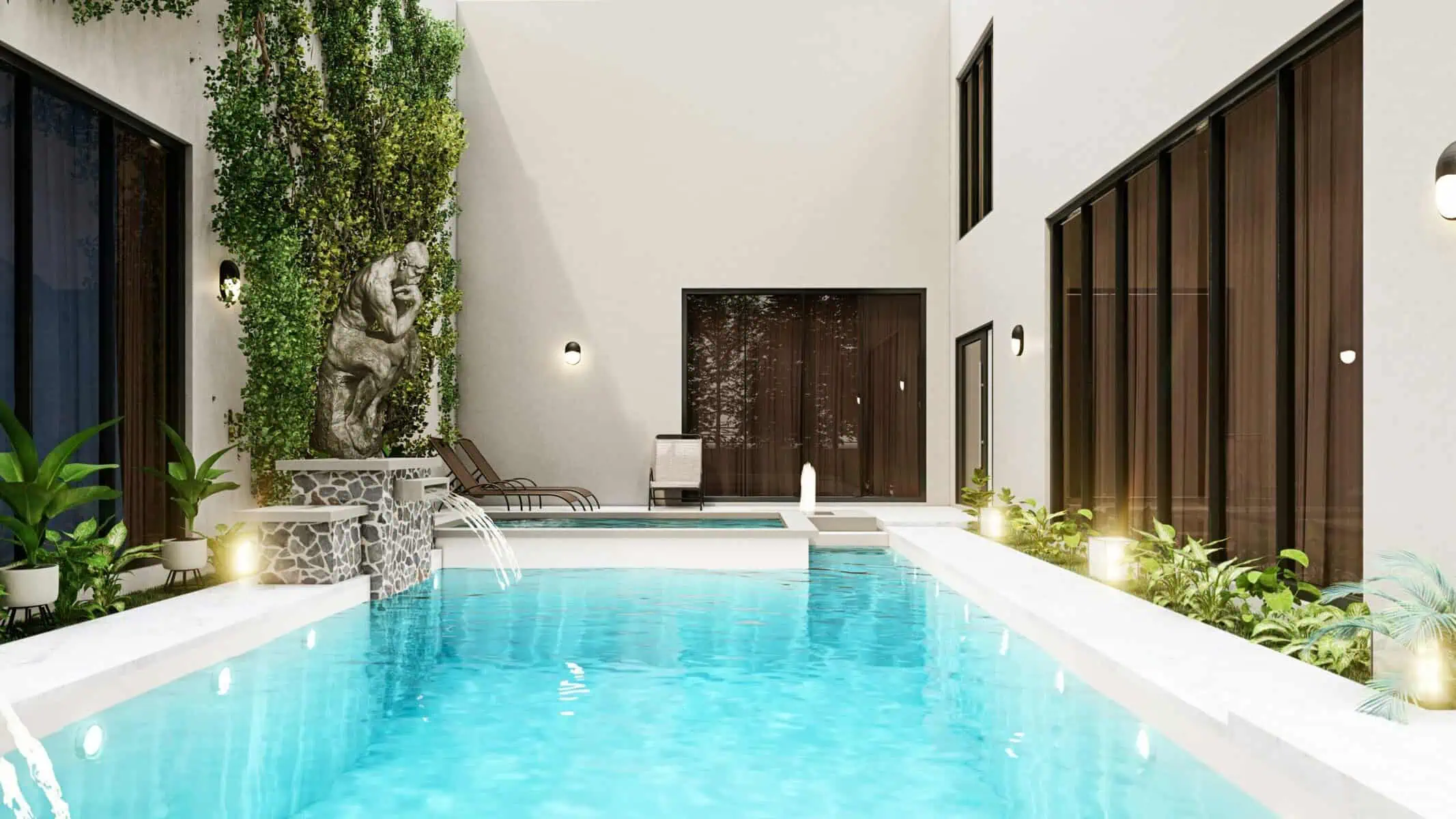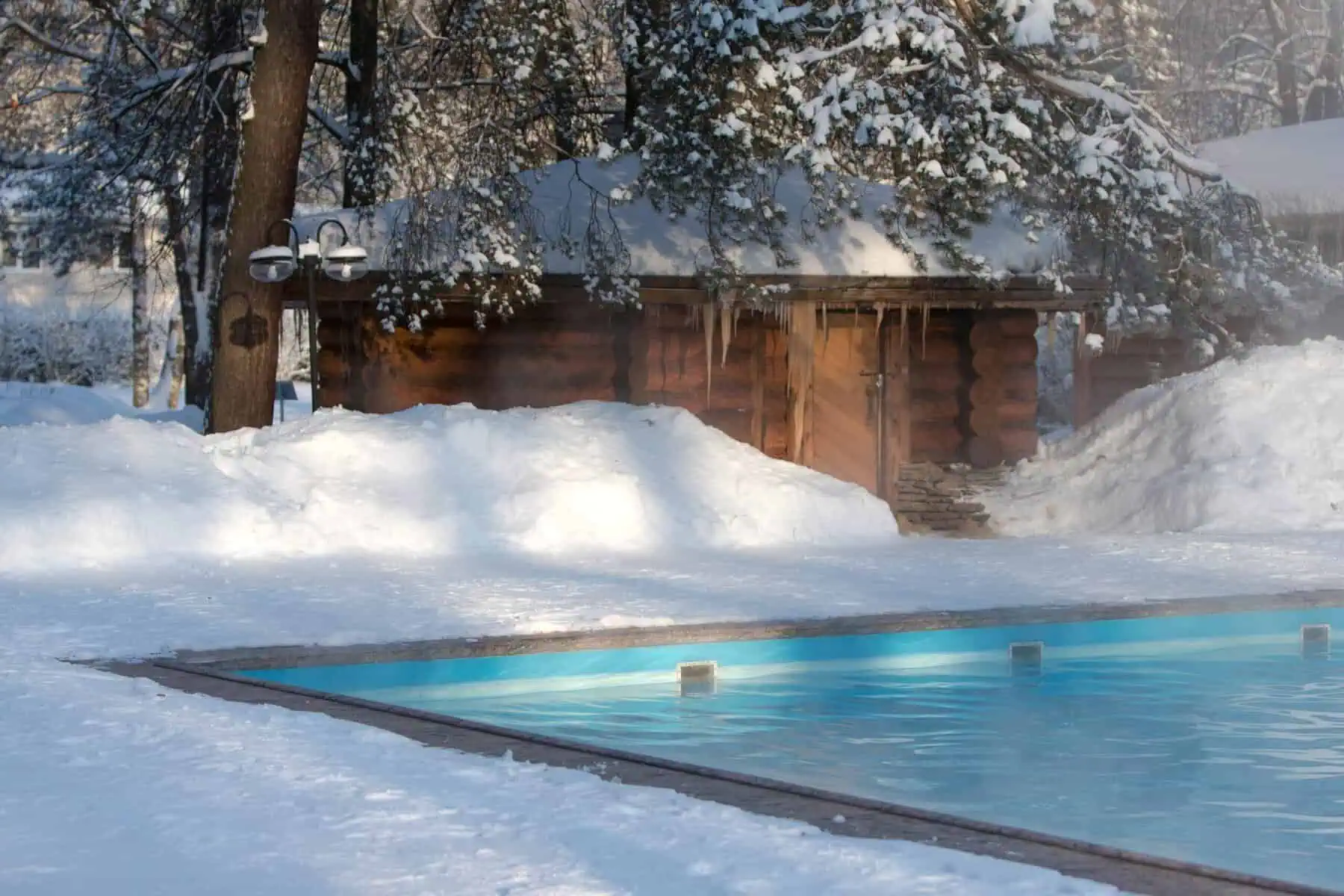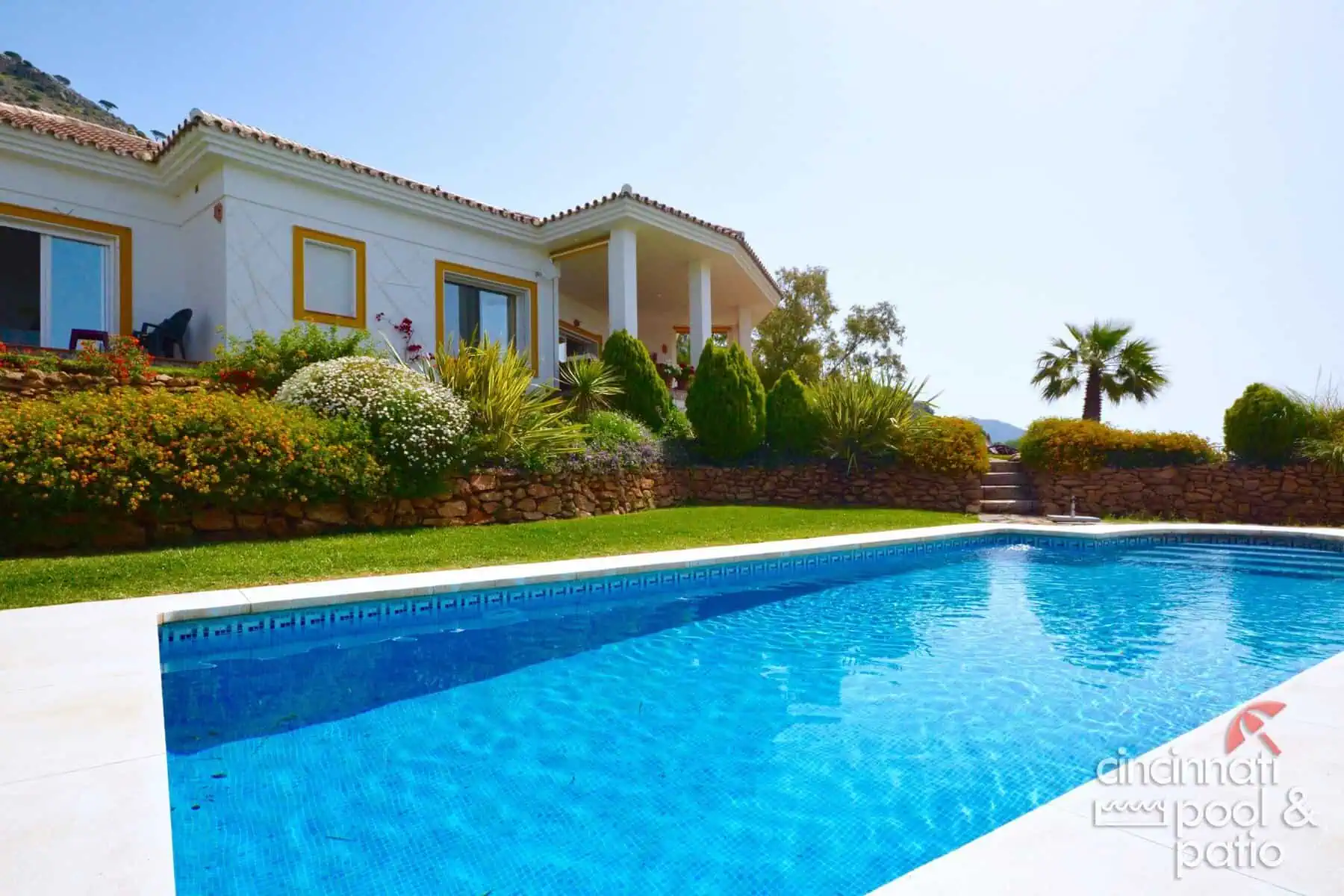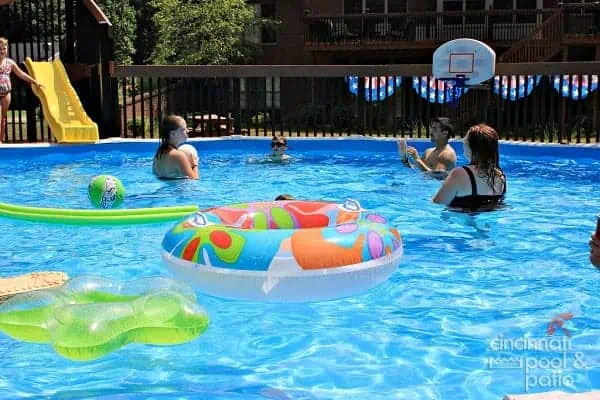Choosing the best solar cover for your pool can save both energy and money, while keeping your pool warm and clean. Solar covers act like blankets for your pool, trapping heat from the sun and reducing water evaporation. They come in different types and sizes, so it’s important to know what to look for.
Solar covers are an eco-friendly way to maintain a comfortable swimming temperature. They work by absorbing sunlight during the day and retaining heat overnight. This not only keeps the pool water warmer but also cuts down on heating costs. Using a solar cover also means you’ll spend less time refilling your pool, as it helps reduce water evaporation.
In this guide, we’ll explore the different types of solar covers available, what features to look for, and how to measure your pool for a perfect fit. We’ll also provide tips on proper installation and maintenance, so you can get the most out of your solar cover. With the right information, selecting the best solar cover for your pool can be a simple and rewarding task.
Understanding Different Types of Solar Covers
Solar covers come in various types, each designed to meet different needs and preferences. The three main types are bubble covers, vinyl covers, and liquid solar covers.
1. Bubble Covers: These are the most popular type of solar covers. They look like thick bubble wrap and float on the surface of the pool. The air bubbles in the material capture and trap heat from the sun, keeping the water warm. They are lightweight, easy to handle, and affordable, making them a great choice for most pool owners.
2. Vinyl Covers: Vinyl solar covers are more durable than bubble covers. They are typically made of heavy-duty vinyl material and provide better insulation. Vinyl covers are a good option for those looking for a more long-lasting solution. However, they tend to be more expensive and heavier, which can make them harder to manage.
3. Liquid Solar Covers: These are a unique type of cover that uses a liquid solution to create a thin, invisible layer on the pool’s surface. The liquid reduces water evaporation and heat loss, similar to traditional covers. They are convenient because you just pour the liquid into the pool, but they need to be reapplied periodically and may not be as effective as solid covers.
Key Features to Look for in a Solar Cover
When selecting a solar cover for your pool, consider these key features to ensure you get the best performance and value:
1. Thickness: The thickness of the cover affects its durability and heat retention capabilities. Thicker covers (around 12 to 16 mil) are more durable and retain more heat, but they can be heavier and harder to remove. Thinner covers (around 8 mil) are easier to handle but may not last as long.
2. Size and Shape: Make sure the cover matches the size and shape of your pool. Many covers can be trimmed to fit irregular shapes, but starting with a cover that closely matches your pool dimensions will simplify the process.
3. Color: Solar covers come in various colors, including blue, clear, and black. Clear covers allow more sunlight to penetrate and are generally better at heating the water. Blue covers are the most common and offer a balance between heat retention and durability. Black covers can be very effective at warming the pool but may not be as visually appealing.
4. UV Protection: Look for covers with UV protection to prevent the material from degrading in sunlight. UV protection extends the life of the cover and ensures it remains effective over time.
By considering these features, you can choose a solar cover that will efficiently heat your pool, reduce water evaporation, and fit your needs perfectly.
How to Measure Your Pool for the Perfect Fit
Accurate measurements are crucial for ensuring your solar cover fits well and performs effectively. Start by measuring the length and width of your pool. Use a tape measure and write down the longest dimensions. If your pool has a unique shape, like an oval or kidney shape, measure the longest points and the widest points. For round pools, measure the diameter from edge to edge across the center.
For pools with added features like stairs or irregular edges, take careful measurements of these areas too. It’s better to have a cover that’s slightly larger than one that’s too small. Many solar covers can be trimmed to fit your pool precisely. Lay the cover out on your pool and cut along the edges using scissors to match the shape perfectly.
Always double-check your measurements before purchasing a solar cover. A well-fitted cover will provide the best results in terms of heat retention and water evaporation reduction. Make sure to account for any additional pool features that might affect the fit.
Tips for Proper Installation and Maintenance
Proper installation of your solar cover ensures it works effectively and lasts longer. To install, simply unroll the cover and spread it over the pool with the bubble side facing down. The bubbles trap heat and hold it in the water, so it’s important they are facing the water. Smooth out any wrinkles or air pockets to maximize coverage and efficiency.
Regular maintenance is also key. Keep the cover clean by hosing it off every week to remove dirt and debris. Use a mild soap and a soft brush for tougher stains but rinse thoroughly to avoid any soap residue. Always store the cover in a shaded area when not in use. If possible, use a solar cover reel to easily remove and store the cover, keeping it out of direct sunlight which can cause damage over time.
Inspect the cover regularly for any signs of wear or tear. Small holes or tears can often be repaired with a patch kit, but significant damage may indicate it’s time for a replacement. By maintaining your cover correctly, you can extend its lifespan and keep your pool in great condition.
Conclusion
Selecting the best solar cover for your pool involves understanding the different types available, identifying key features, taking accurate measurements, and ensuring proper installation and maintenance. A well-chosen and well-maintained solar cover can save energy, reduce water evaporation, and extend your swimming season.
Ready to find the perfect solar cover for your pool? Check out Cincinnati Pool & Patio today, and let us help you choose the best option for your needs. Enjoy a warmer, more efficient pool with our expert guidance and top-quality products, such as patio furniture in Cincinnati, Ohio.

